COLLABS
Artistic collaborations are one of the studio’s specialties, whether through installations, wall and floor coverings, curtains or furniture.
The artistic diversity of each ARAXI project brings creative volumes and graphic support through colors and materials.

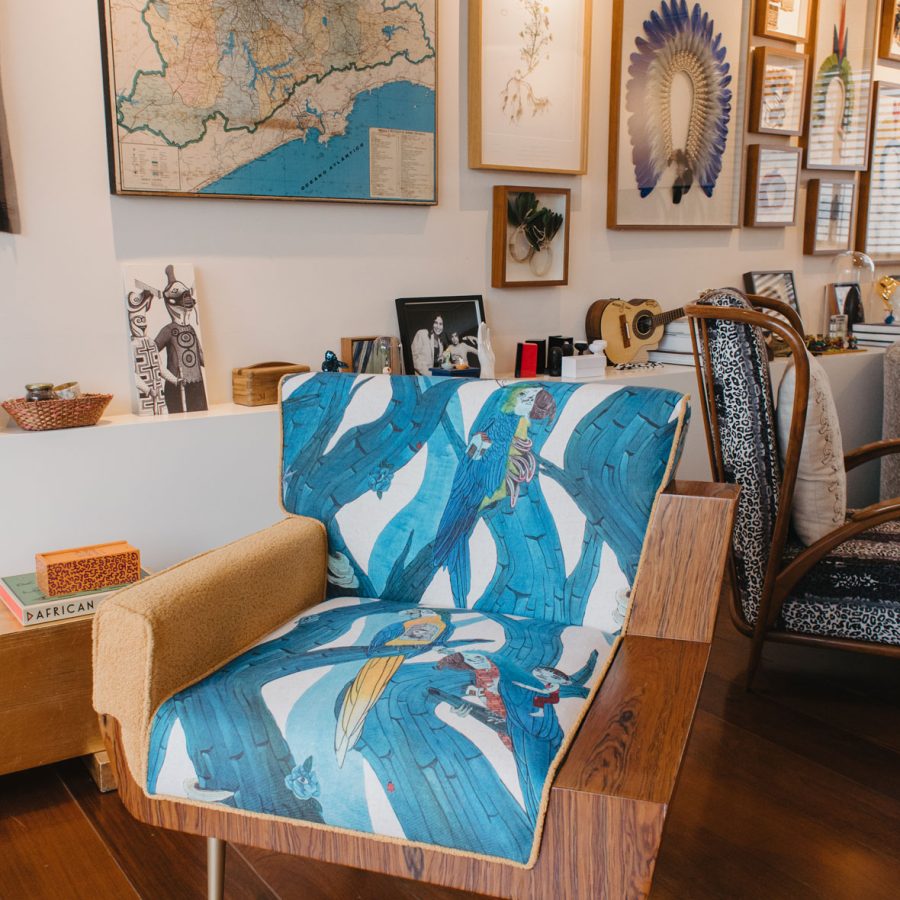
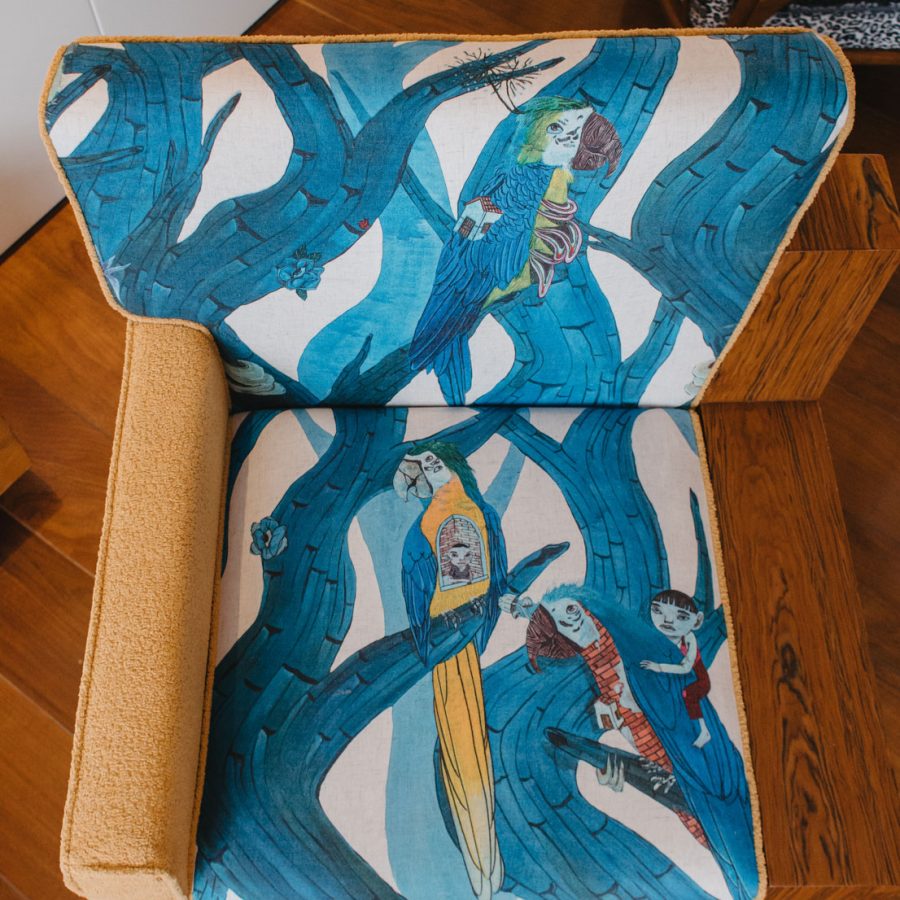
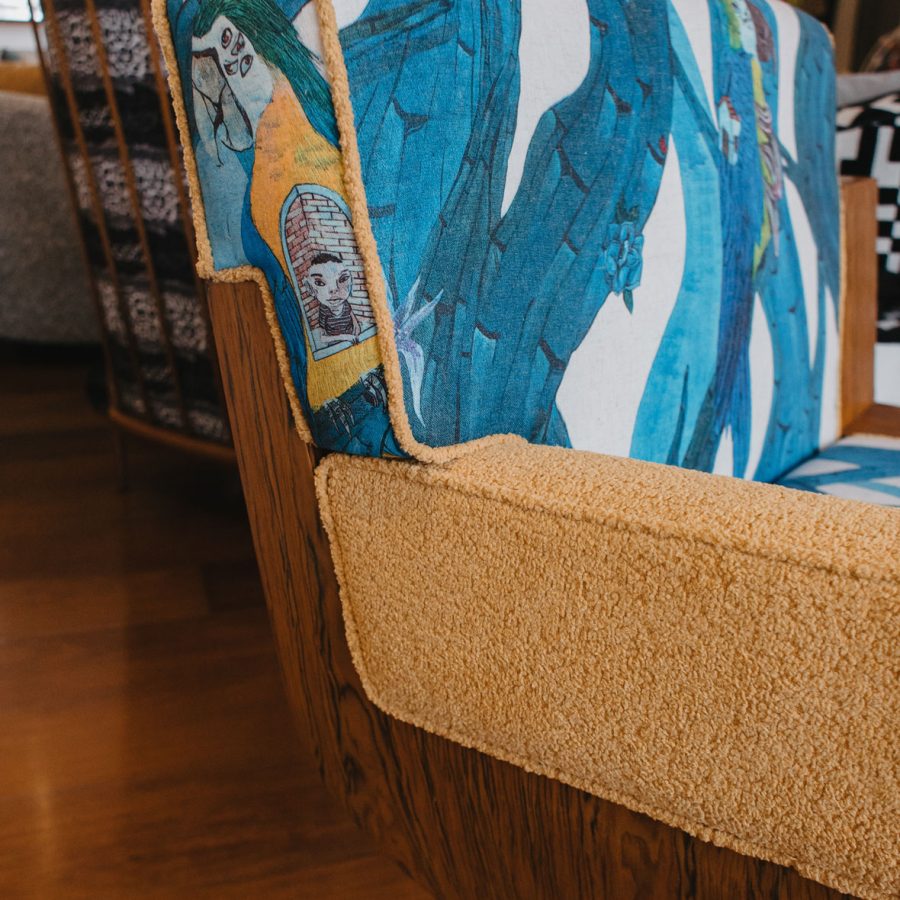
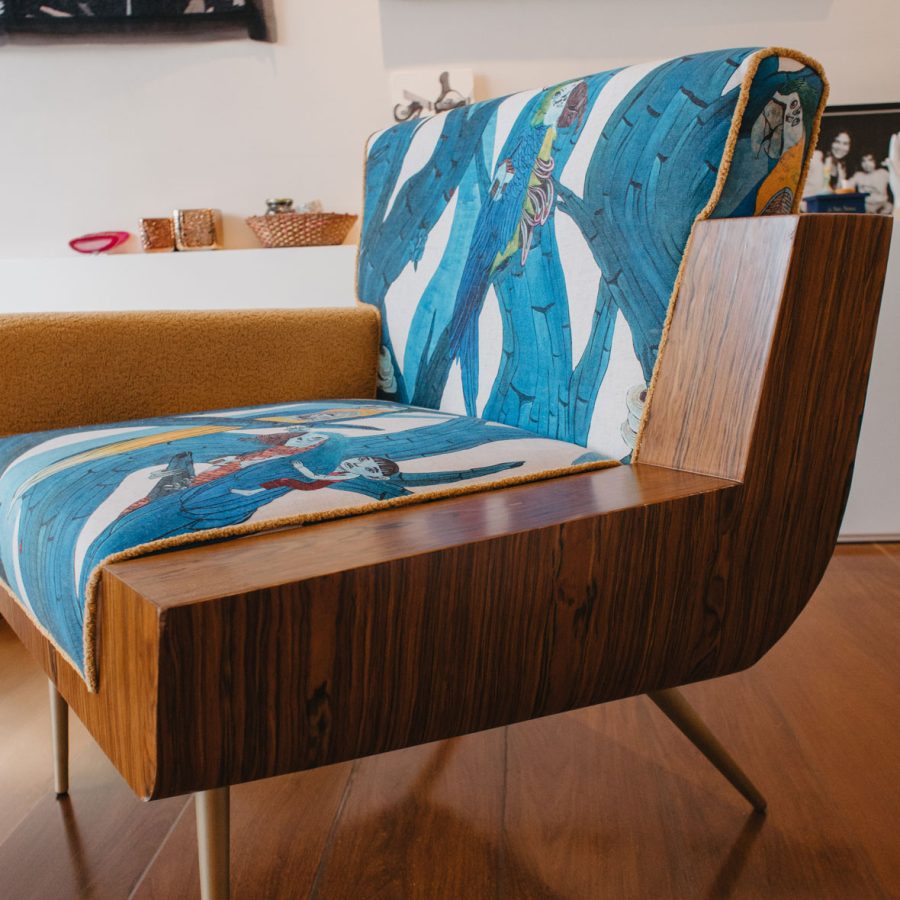

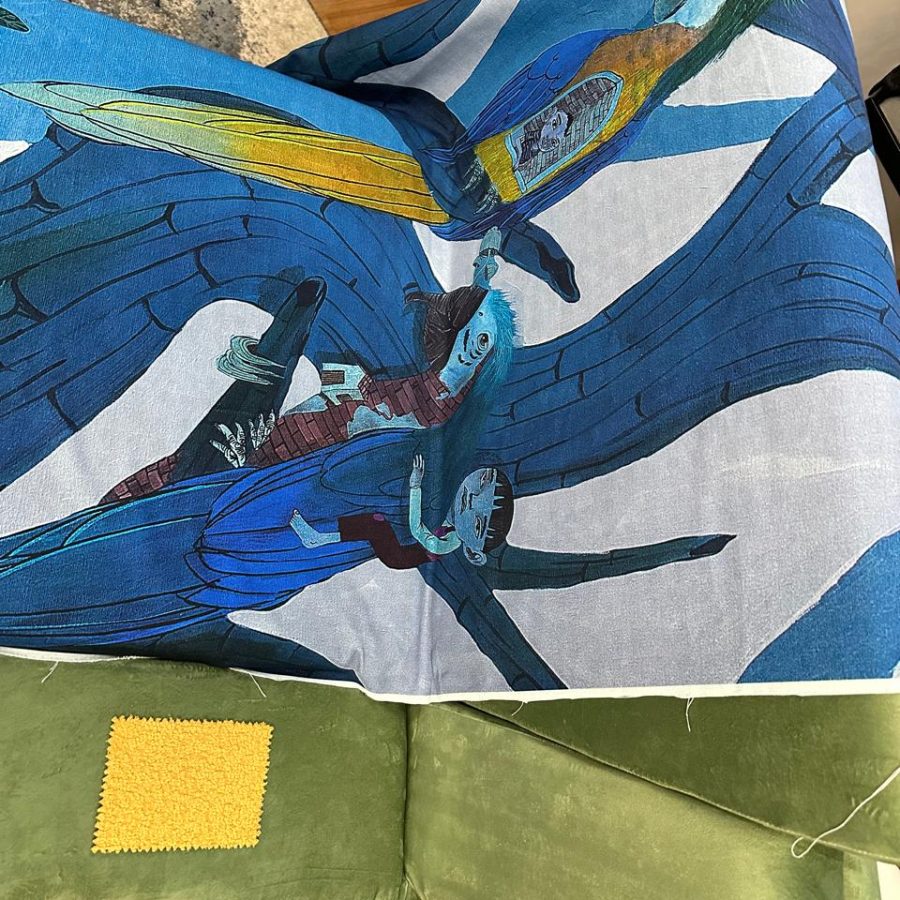
Araxi invited artist Senk to its Azad (Armenian for “freedom”) collection to collaborate on an armchair. Together, they created an armchair that combines Araxi’s meticulous design with Senk’s art, emphasizing lightness and respect for materials and the creative process.
Senk’s work explores the relationship between human beings and nature, reminding us of the importance of taking care of our planet. Through interwoven characters and natural elements, surrealism offers a real critique: we need less concrete and more trees.
“I felt all this love during the process. It’s an immense satisfaction to present this beautiful piece we’re delivering.” – Senk
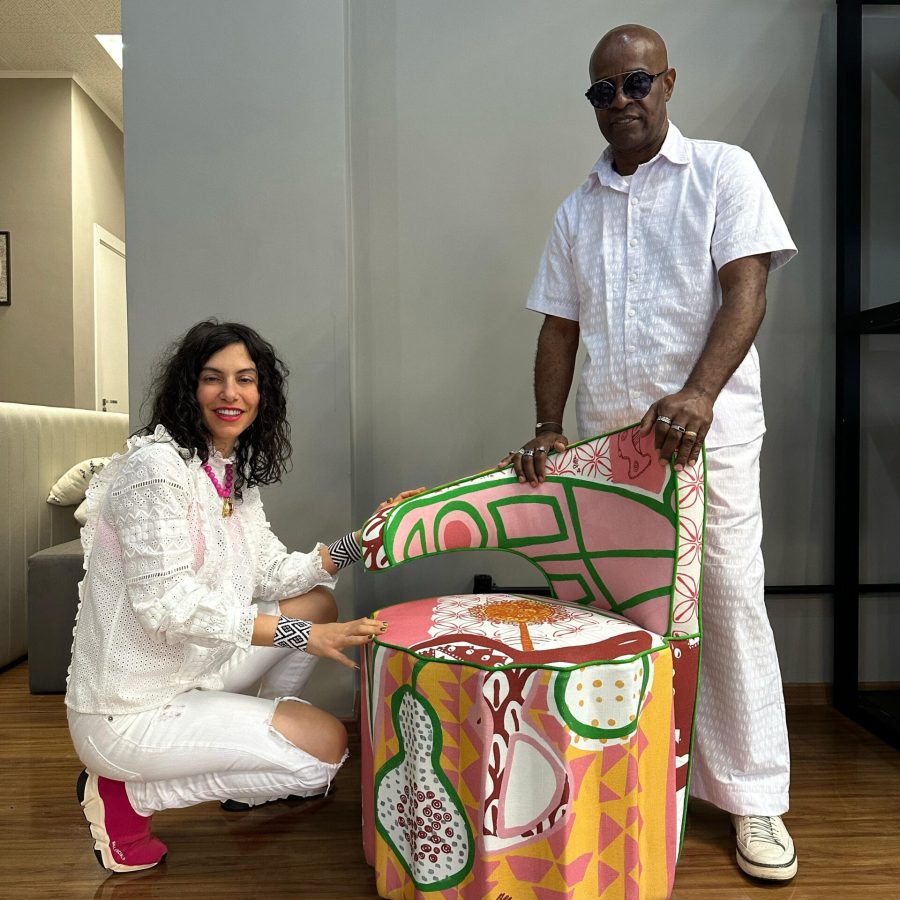


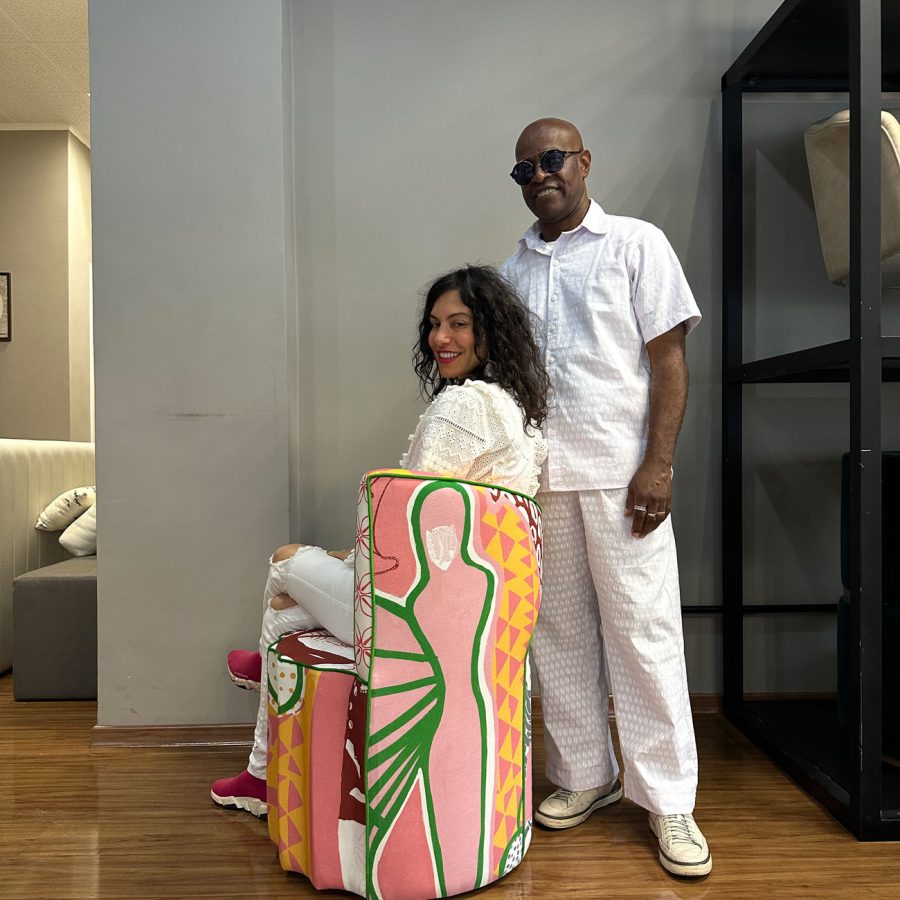
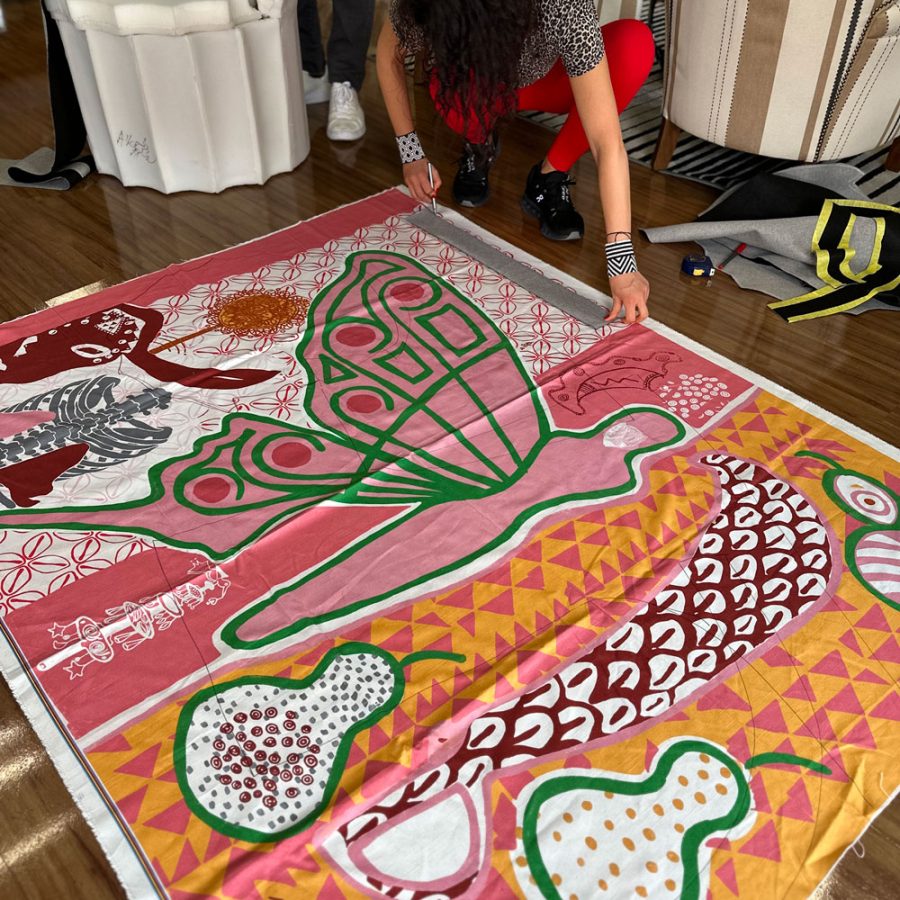
Alberto Pitta, born in 1961 in Salvador, Bahia, has dedicated himself for over 40 years to the research and creation of prints, costumes, accessories and allegories that characterize the visuality of Salvador’s Afro carnival blocks. A pioneer of Afro-Bahainese art, Alberto Pitta represents Brazilian culture through his joyful, light and colorful art.
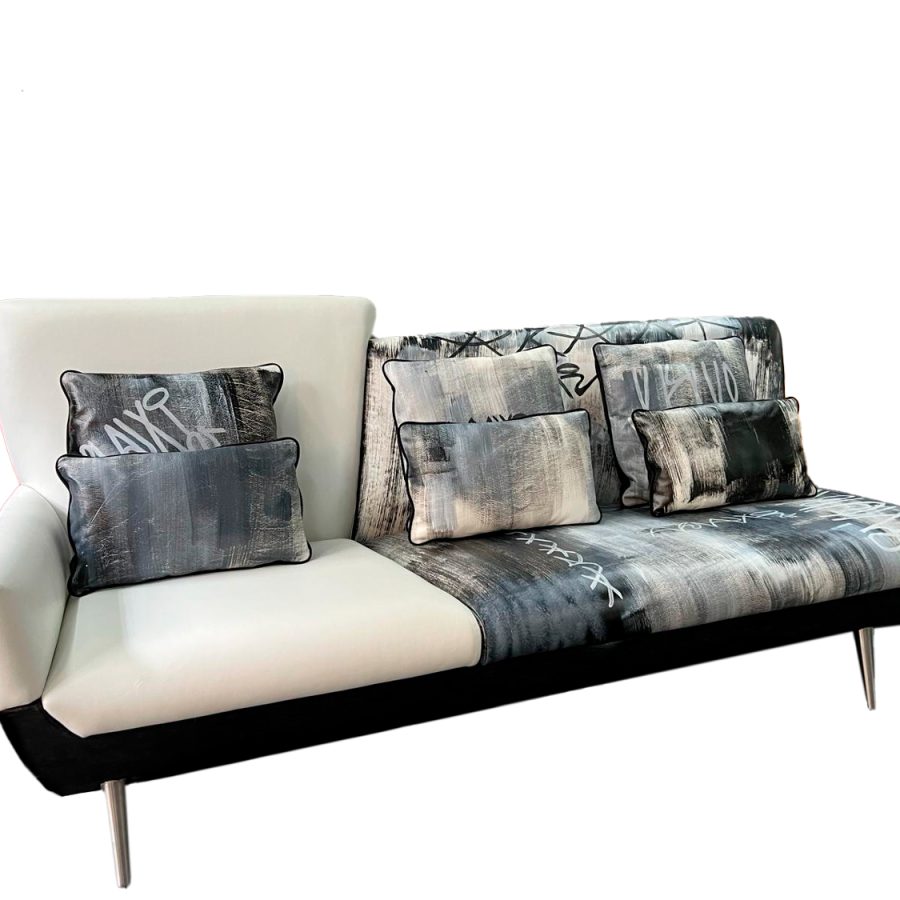
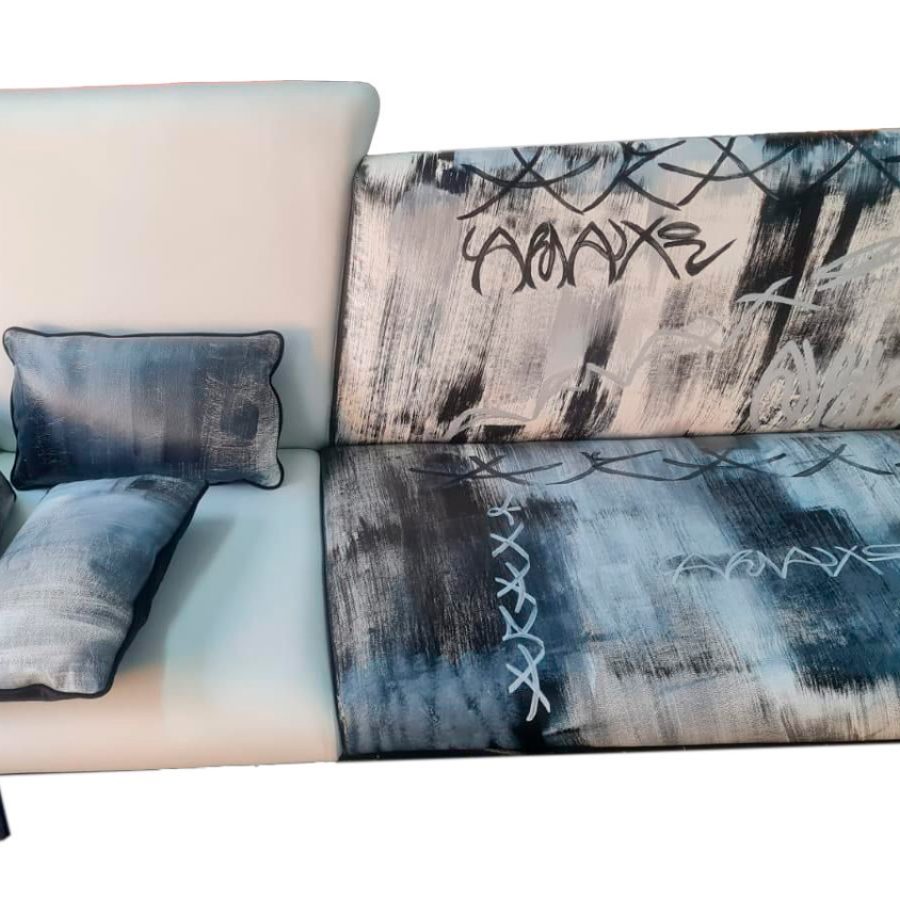
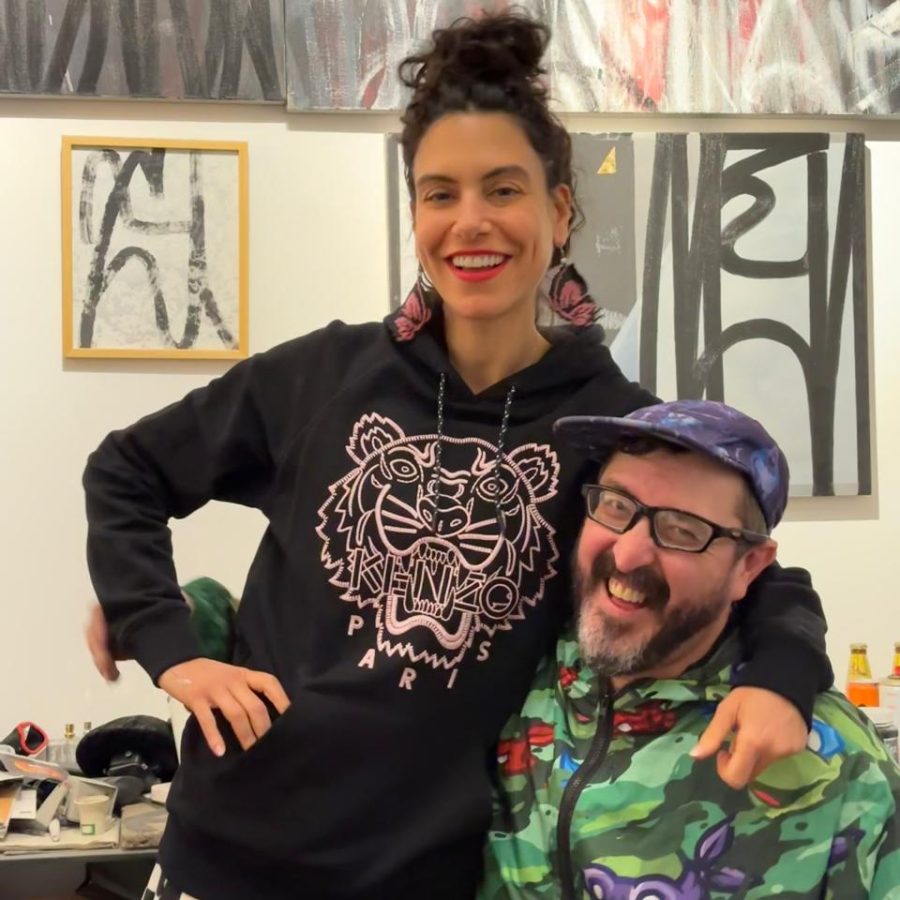


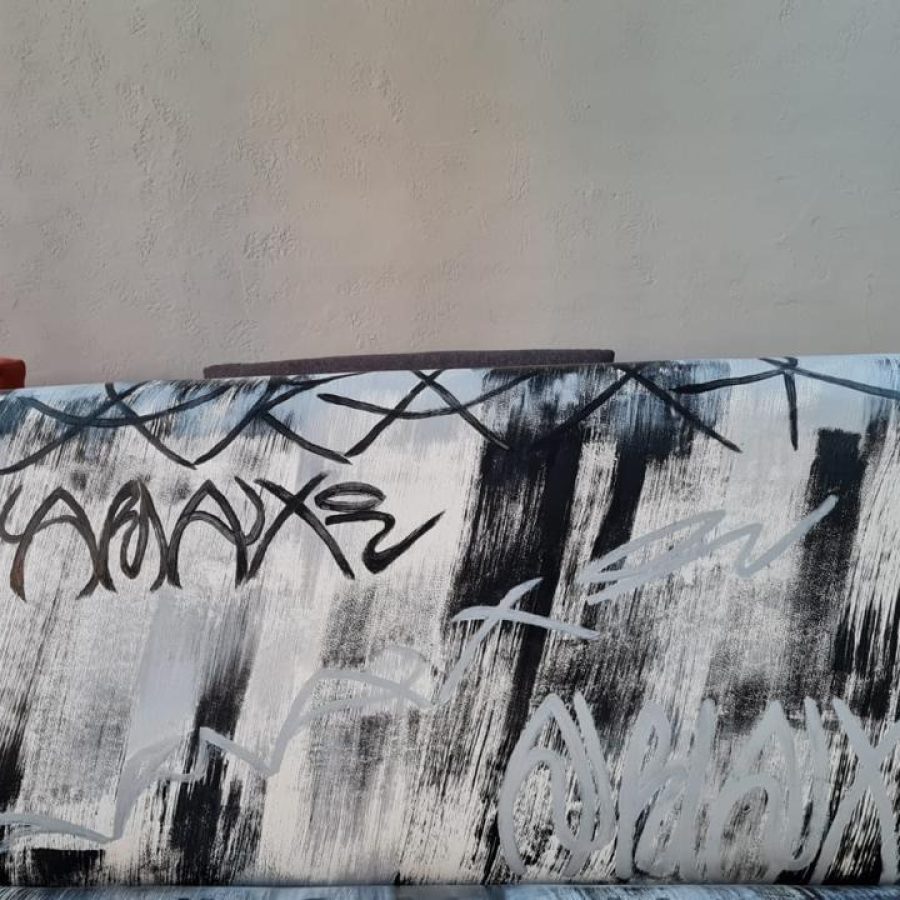
For the first collaboration on the Azad sofa, I chose Caligrapixo, the first artist I met when I arrived in Brazil 10 years ago.
Caligrapixo, born in 1989 in São Paulo, is the name chosen by pixador Kamikaze (Kmkz) for its distinctive urban art, pixação. This movement, which emerged in the 1980s in São Paulo, is characterized by straight letters inspired by urban architecture. Caligrapixo creates mystical, abstract poems on city walls, combining street art and unique calligraphy. He is a fundamental piece in understanding graffiti in Brazil. With almost twenty years’ experience, he has taken part in some of the most controversial interventions by graffiti artists over the past five years, and was present at the 29th São Paulo Art Biennial.



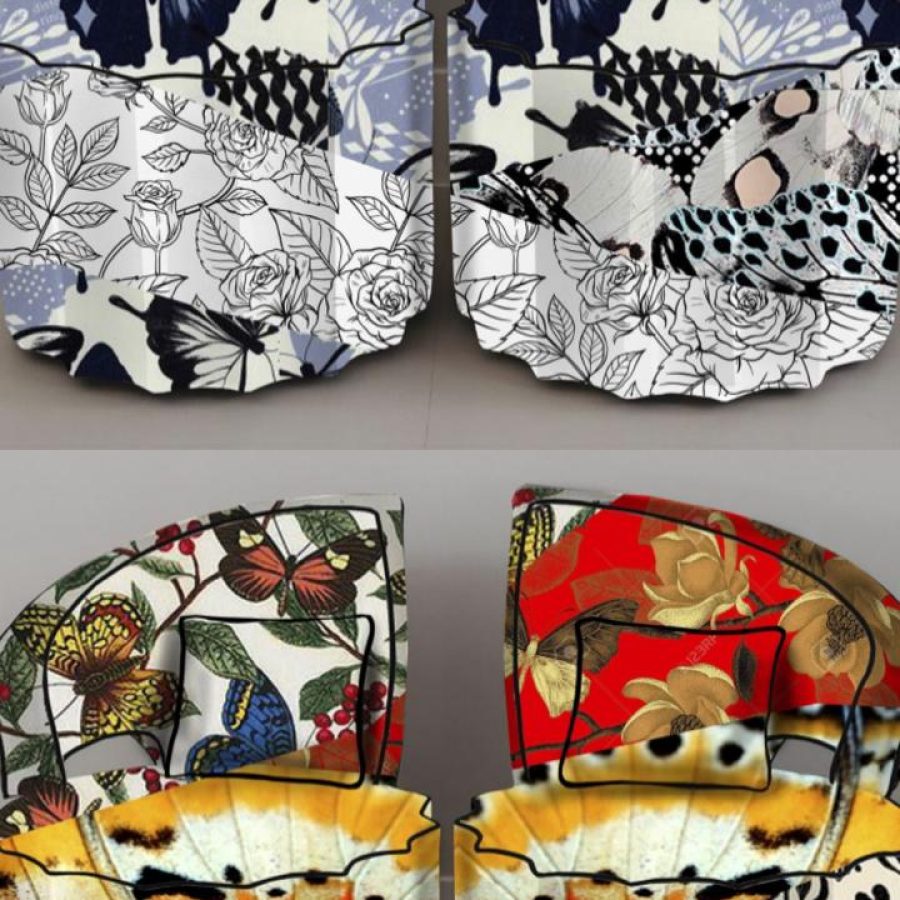
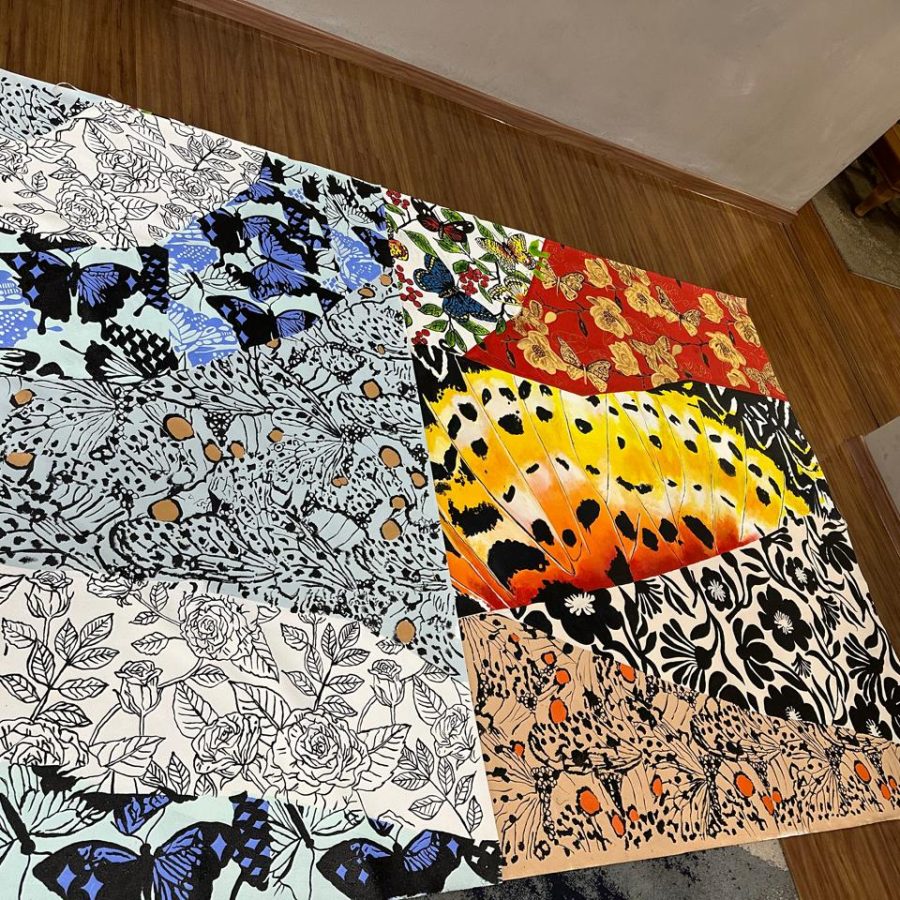
Ananda Nahu (1985) is a Brazilian artist who lives and works in Rio de Janeiro. She defines herself as painter, muralist and visual artist for 20 years.
His style is characterized by visual multiculturalism, the rereading of artistic movements that have been introduced into the present, and the reformulation of manifestations of art through Afro-Brazilian history. His artistic creations are strongly influenced by Brazil’s rich visual culture, incorporating elements and symbols found in Brazilian iconography. The colors are reminiscent of earth tones, clay floors, and organic shapes and patterns that evoke the exotic.
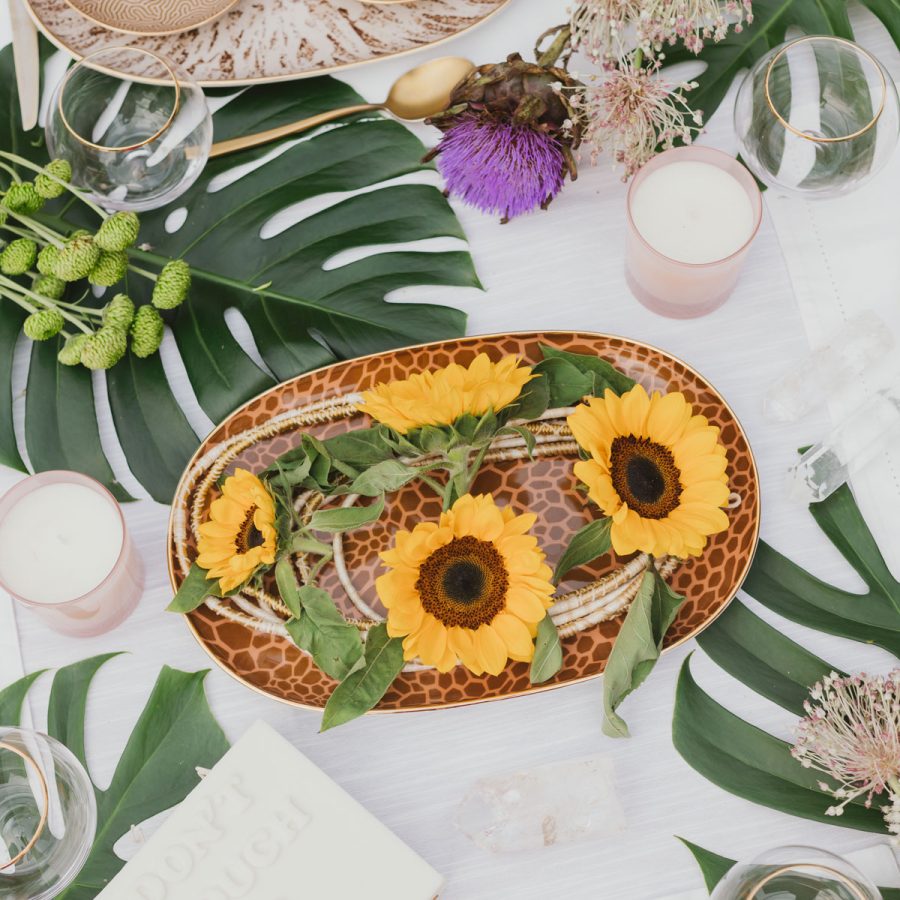
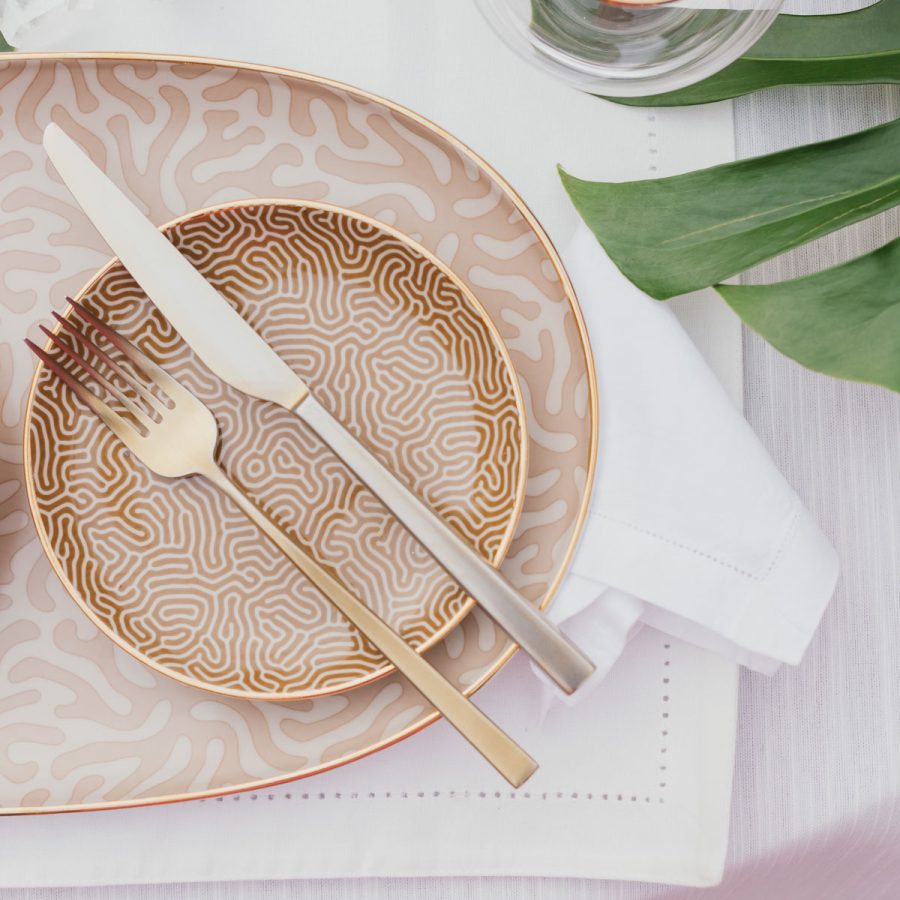
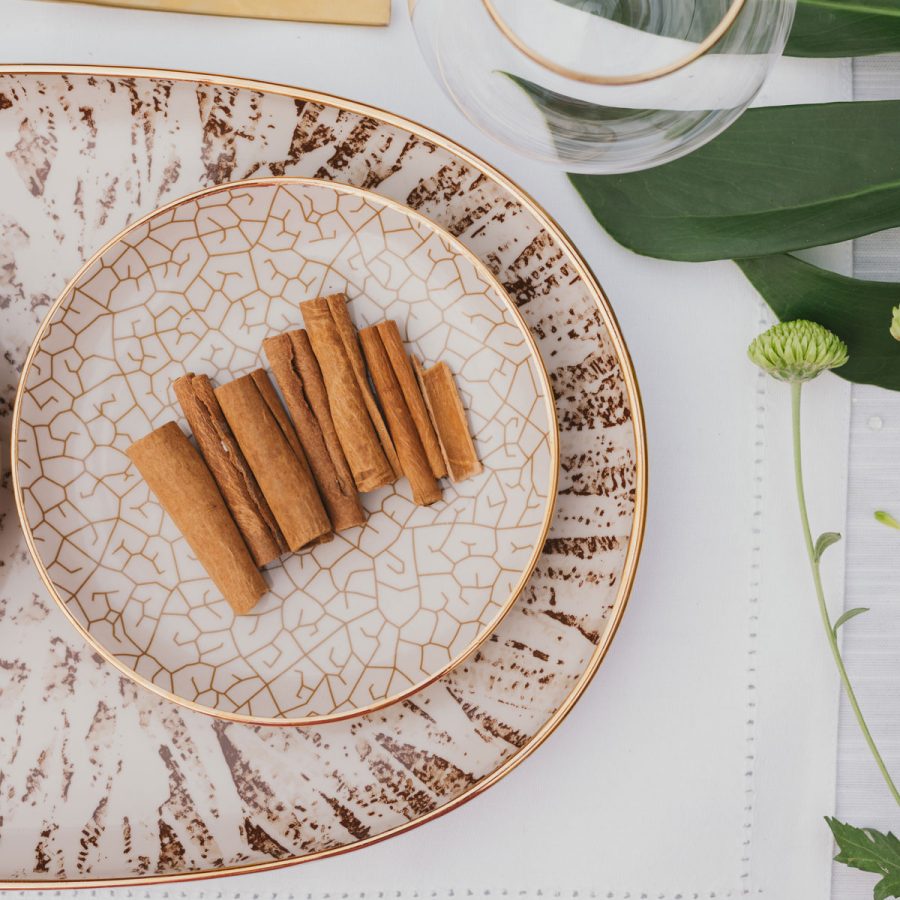






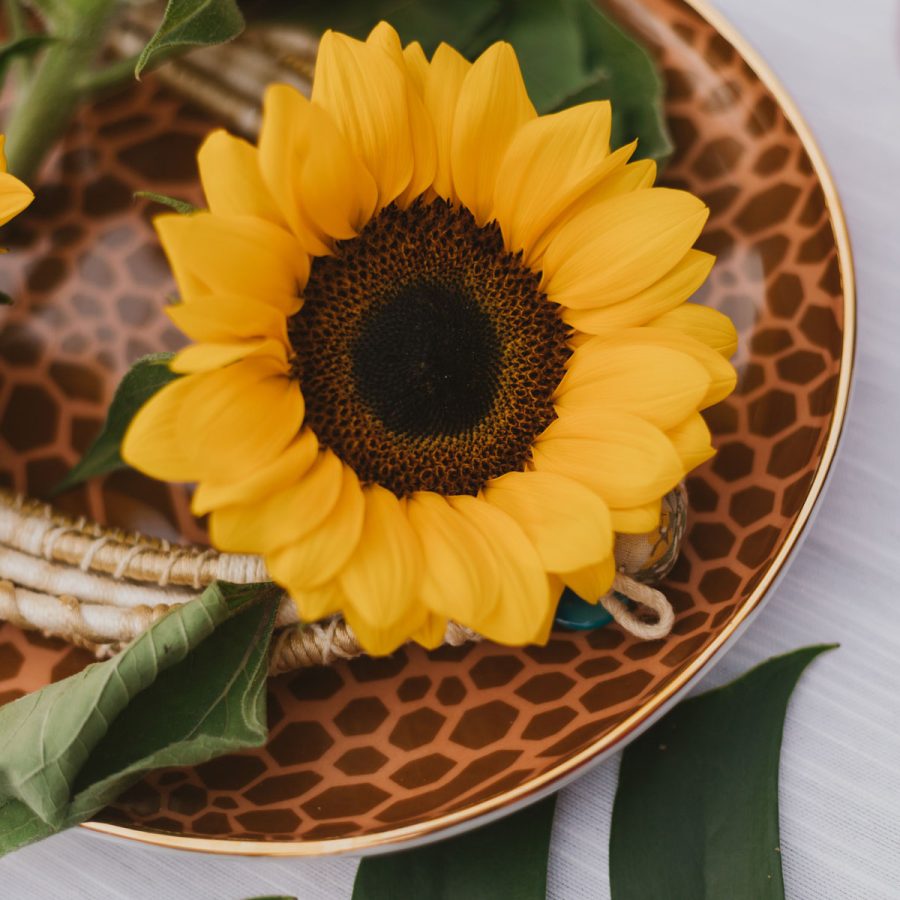


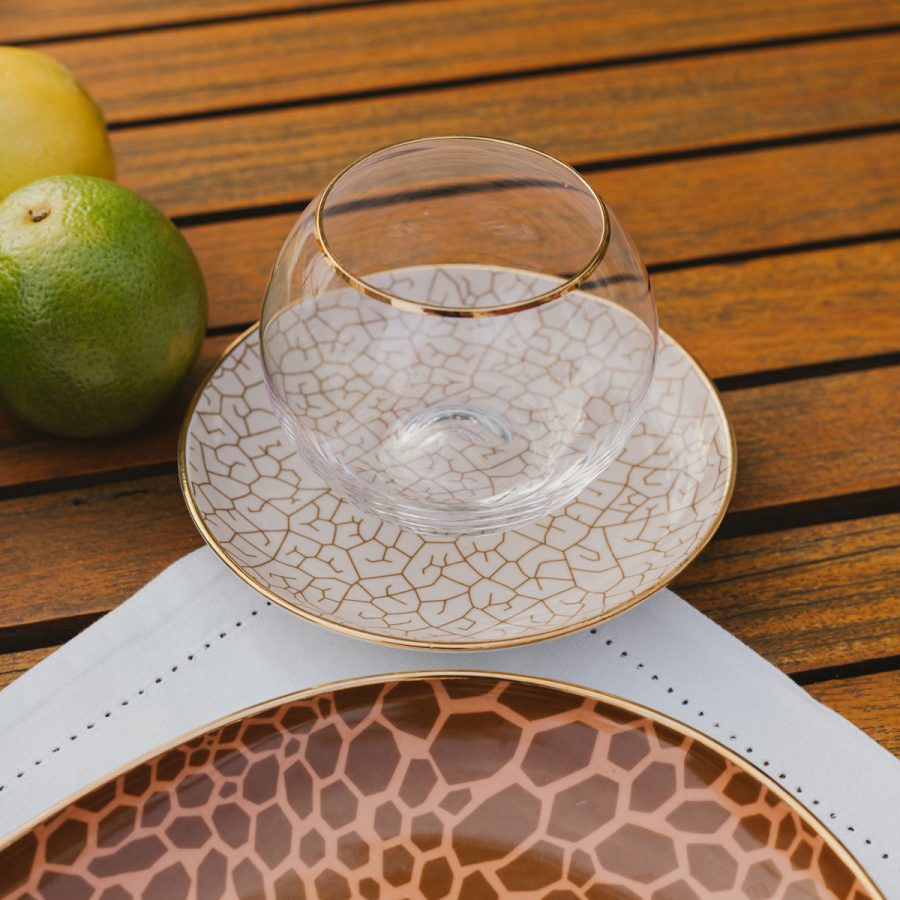
The concept of the FRACTAL collection, which I created and developed with Flávia del Pra, is a combination of fractal shapes, the foundation of this tableware collection, with a chromatic palette reflecting the skin colors of Brazilians.
Human DNA differentiated by skin color with a holistic approach to the human being that treats the individual as a whole.
What are fractals and how do they form in nature?
A fractal figure is an image, a kind of graphic representation of a mathematical model.
It is distinguished by its ability to repeat itself indefinitely, regardless of the scale at which we observe it.
In other words, if we enlarge the image very closely, we’ll see the same thing as if we stand back and observe it from a distance.
For me, fractals are a wonderful representation of my vision of mathematical art.
I have developed this collection of tableware by combining the perfection and uniqueness of human beings and nature.
Every human being is unique, and every detail of our skin is part of our design.
Brazilians are the only human beings to have a multitude of skin colors.
So I put the spotlight on the chromatic rainbow, which reflects colors beyond the limits of our codes.
Using the PANTONE color system as a reference, I created a palette of skin colors based on the human Pantone to abolish discrimination and encourage dialogue on the stereotypes and prejudices that condition our perceptions.
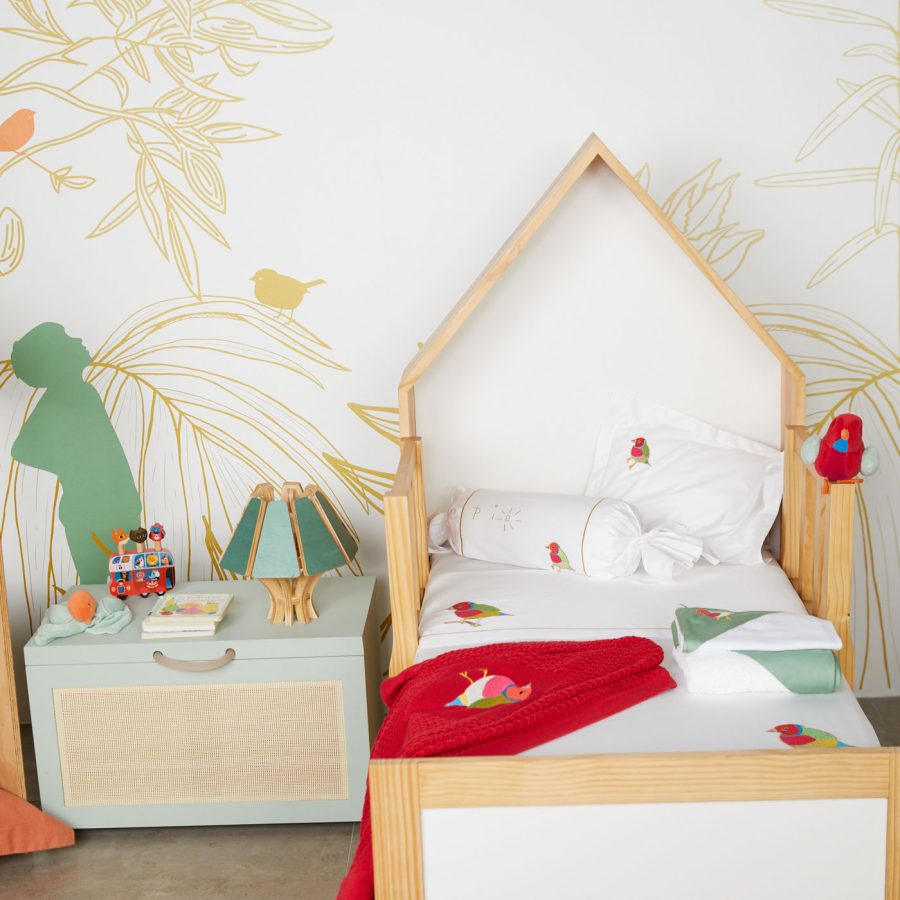

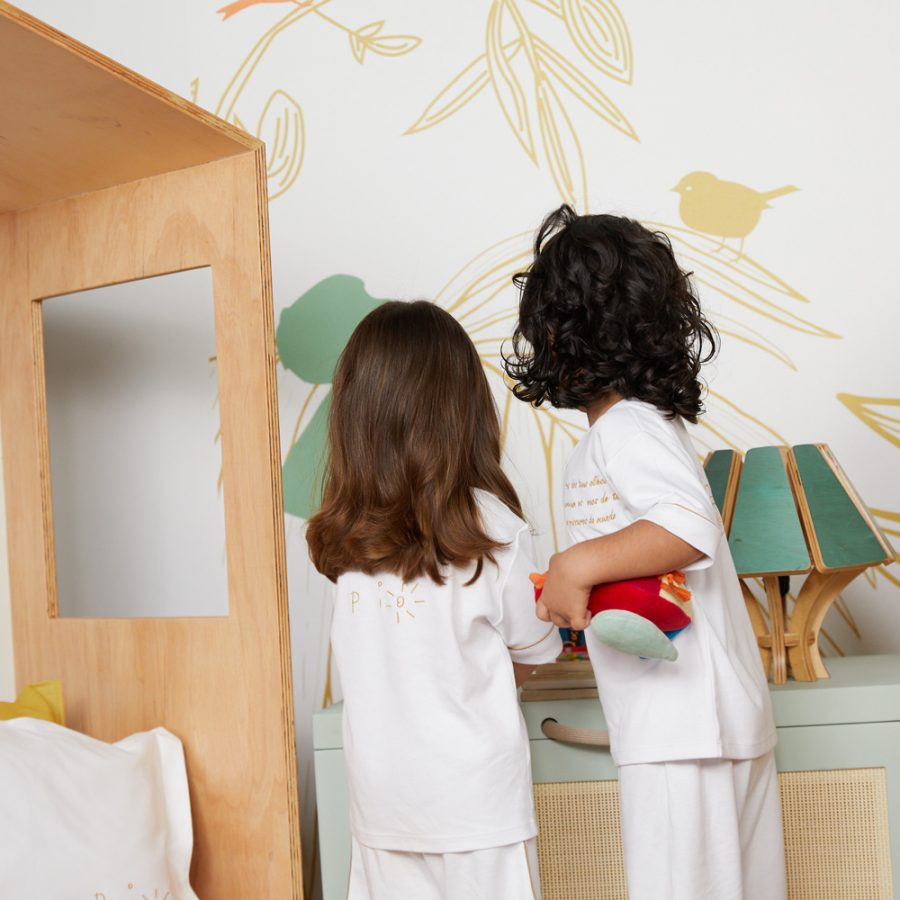
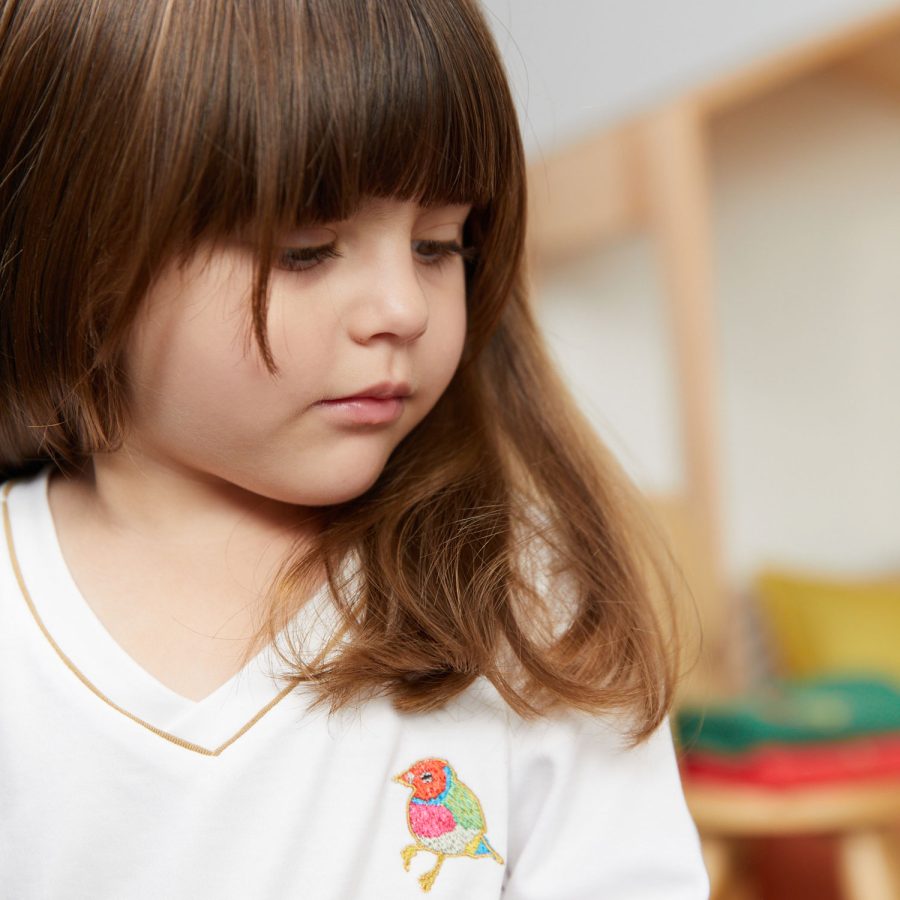








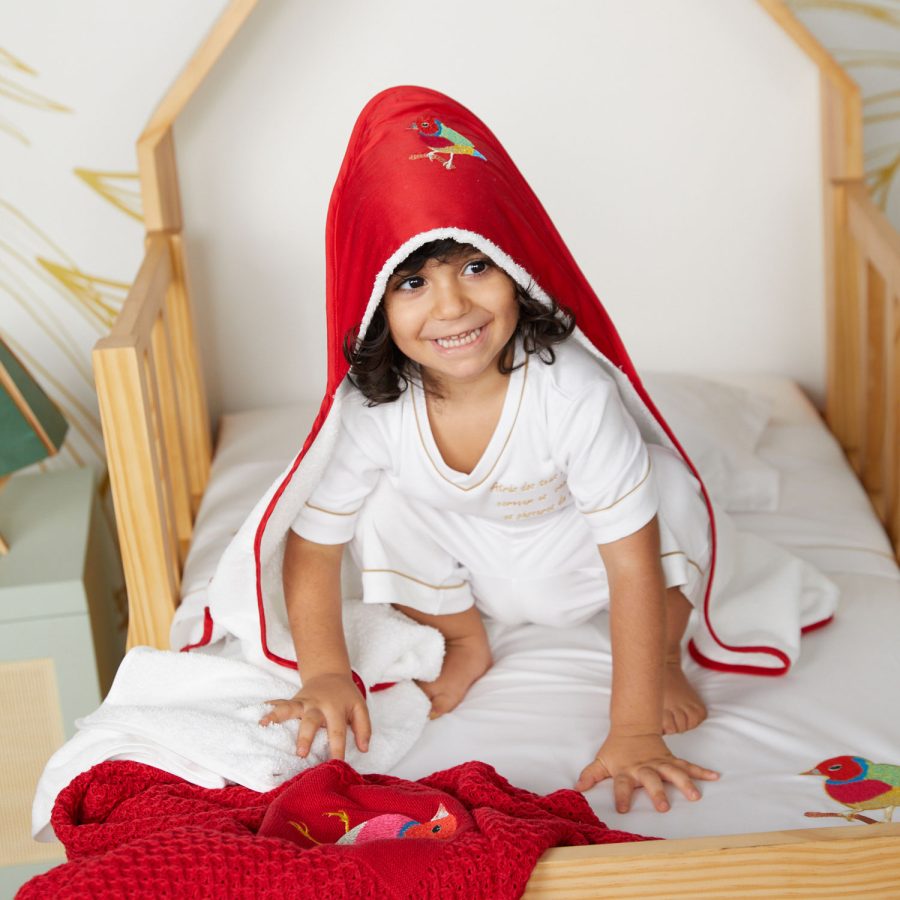

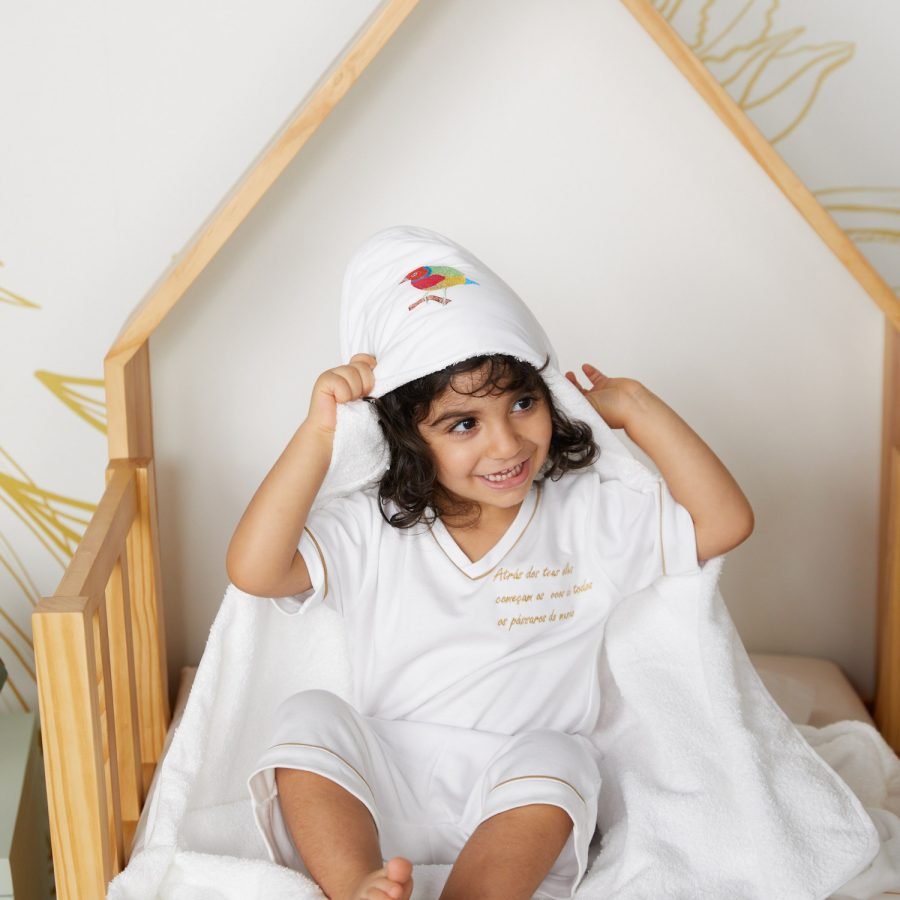



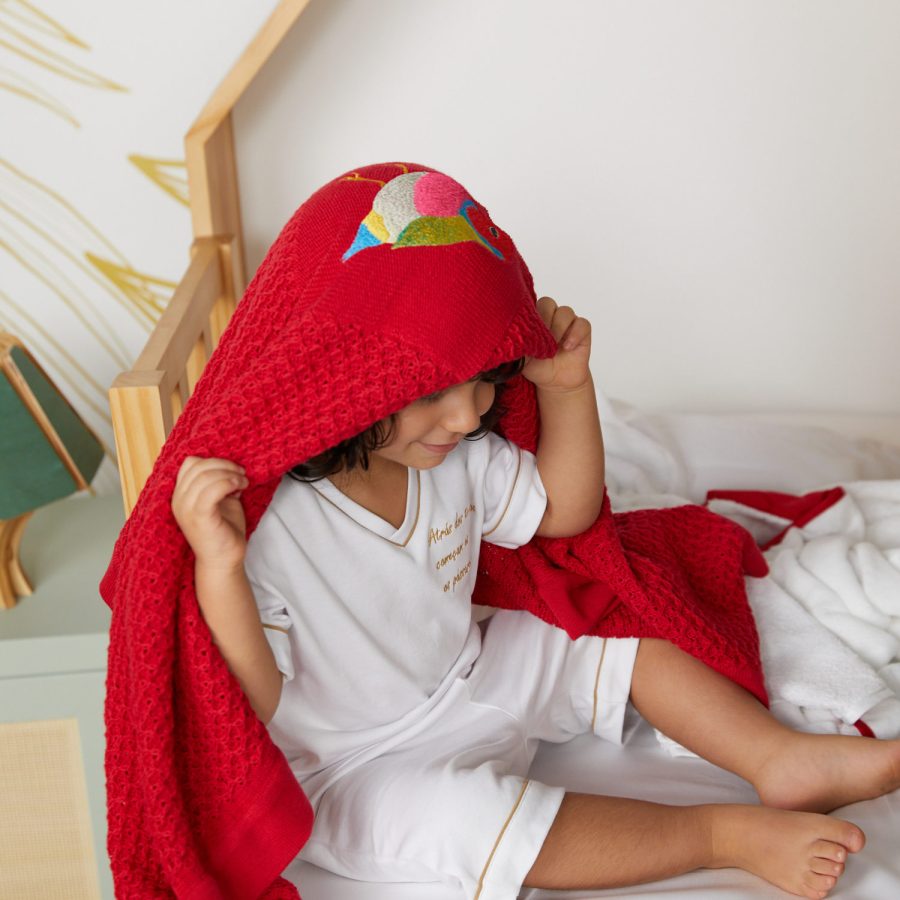
Solar Kids is a collection created in collaboration with poet Claudia Sehbe for Trousseau.
The whole project was inspired by the children’s story Pio. The tale is full of metaphors and recounts the adventures of a boy who talks to animals. In the story, Pio, the little bird, represents the raison d’être of each animal. The story is about the value of intuition, purpose and courage.
Different states of art come together in this story, creating a multiple, playful and free universe that puts us in touch with our primordial nature, the child.

